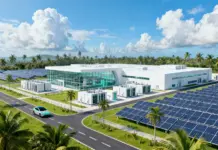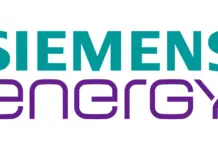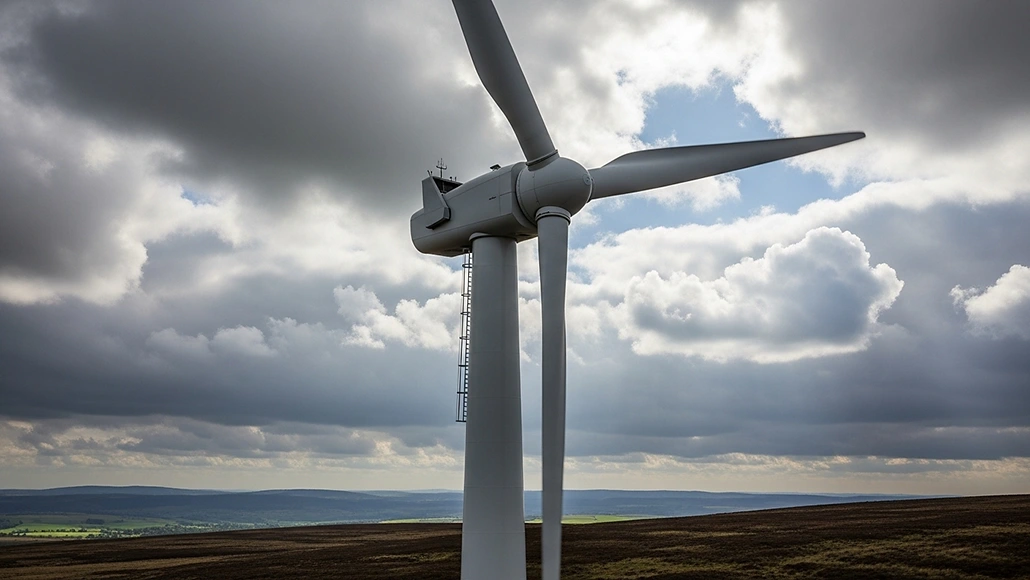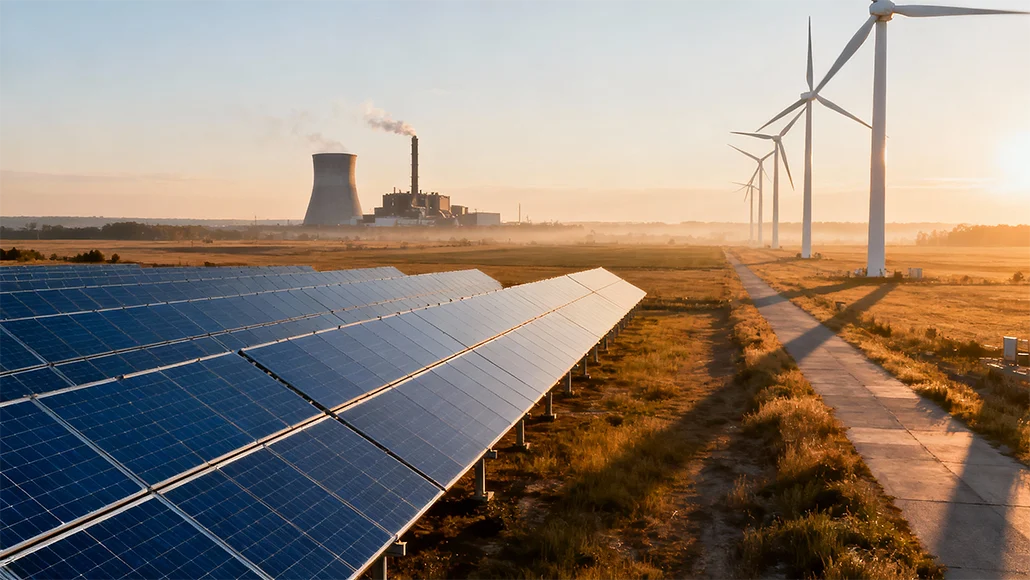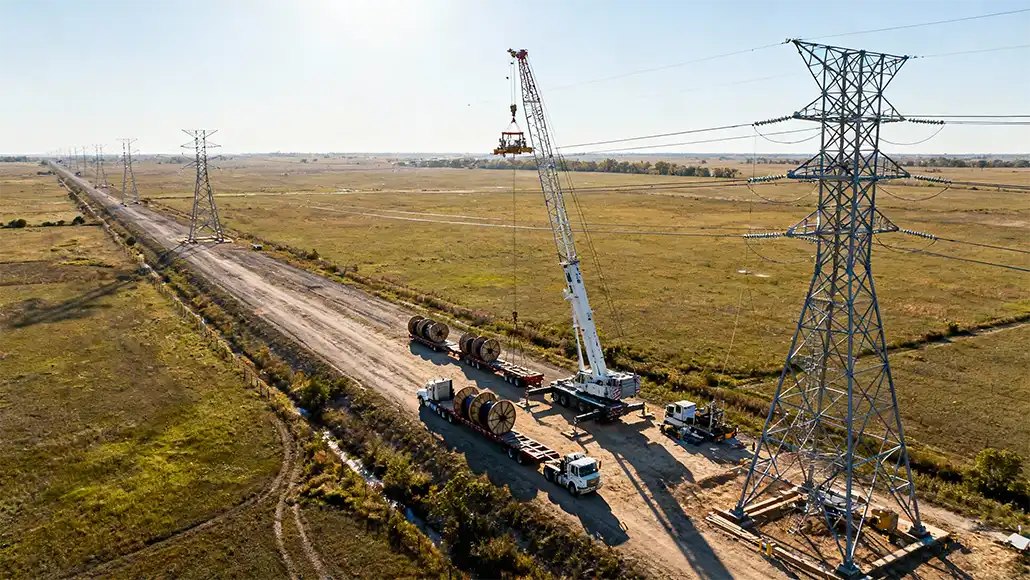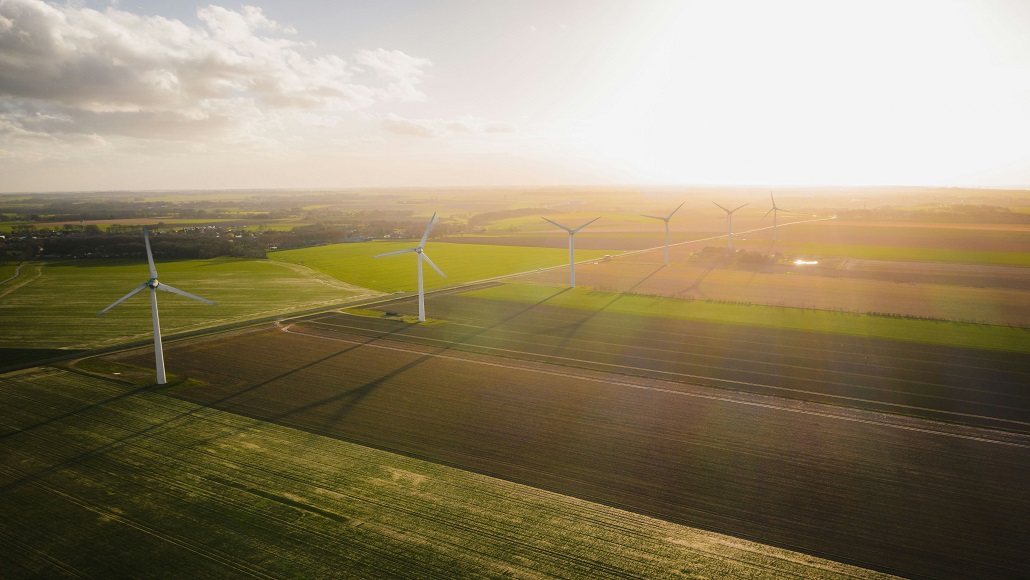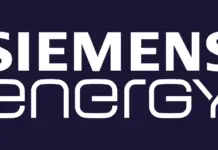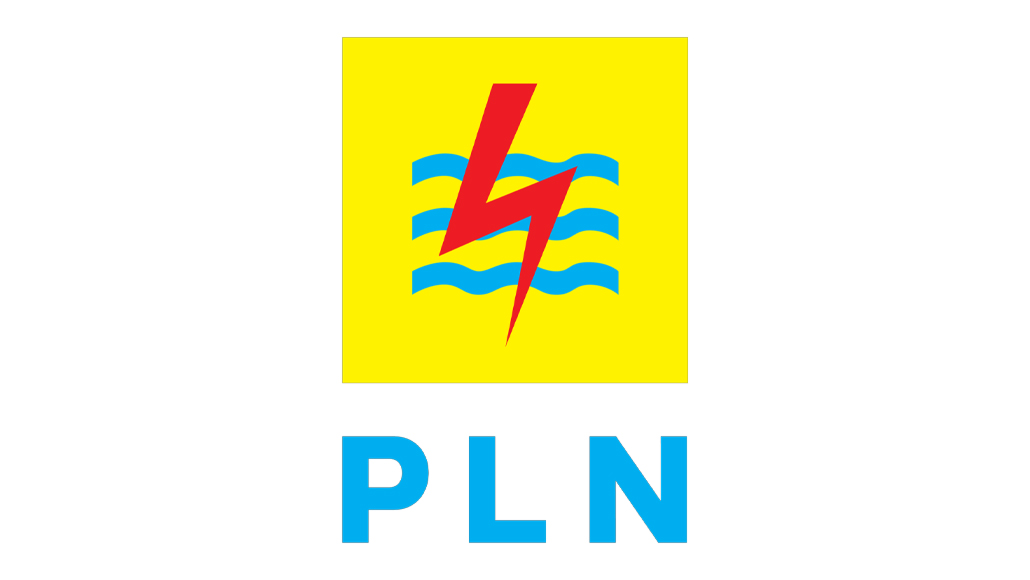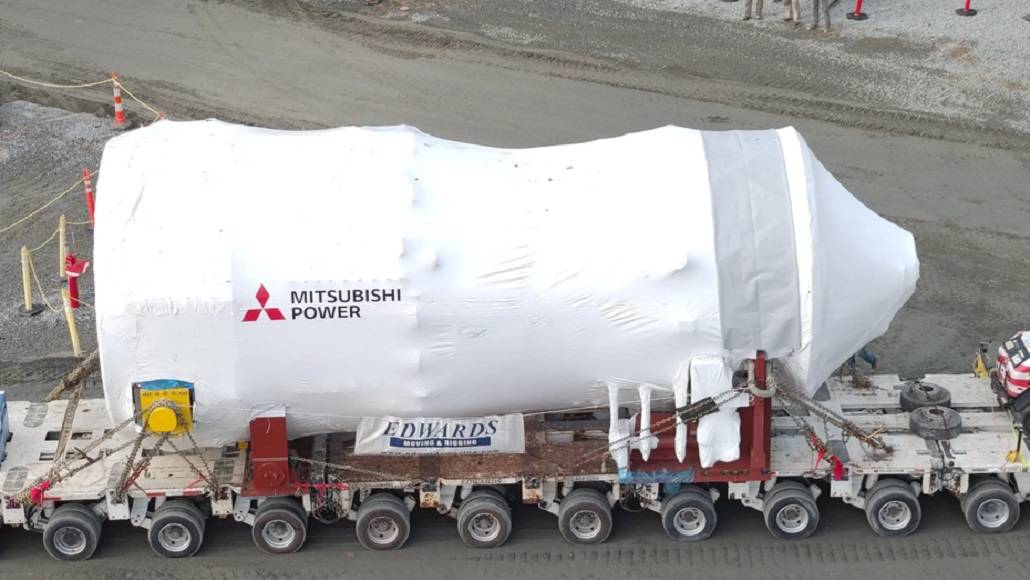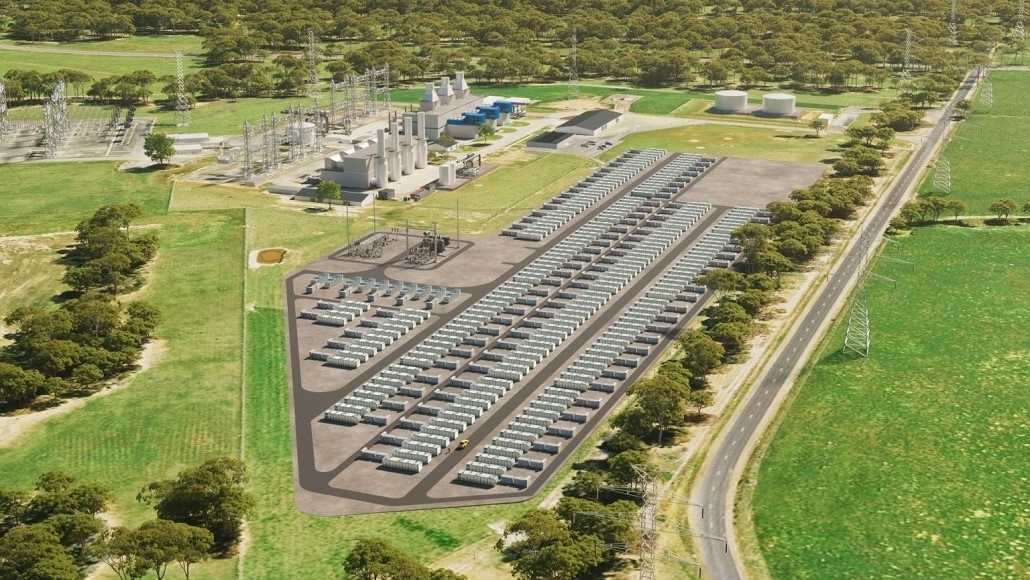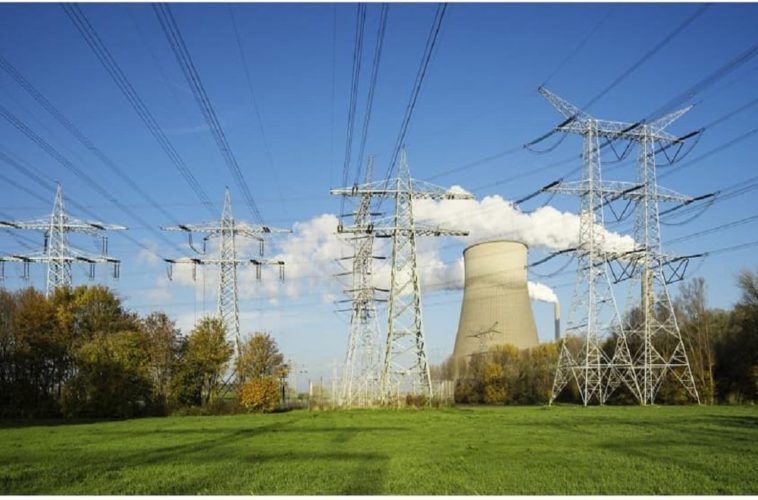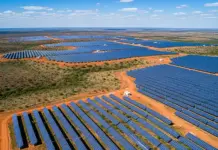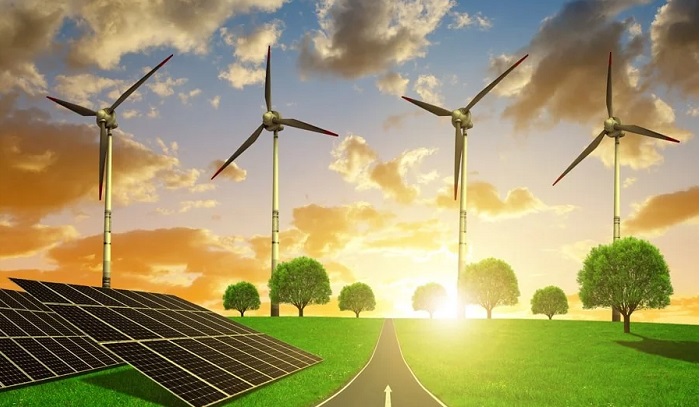It is well to be noted that both South as well as Southeast Asia offer quite a significant set of opportunities when it comes to global climate action, with many governments going ahead and setting ambitious net-zero targets. The fact is that solar, wind, along with hydro development potential abound.
In order to achieve these targets, renewable energy rollout, especially solar as well as wind power, must go on to increase fivefold by 2030. Asian investment within the renewable energy segment has grown exponentially ever since 2004, with an average yearly growth rate of 23%, thereby reaching USD 345 billion in 2022, largely pushed by China, which accounts for 80%.
In spite of the region’s diversity in infrastructure, industrial development, and financial resources, there are lessons that need to be learned from successful public as well as private fundraising efforts both domestically and internationally.
Domestic funding
Infrastructure investments within the South and Southeast Asian economies have traditionally gone on to rely on domestic public funding. But the region’s bank-dominated financial systems have gone on to show a very little appetite when it comes to funding renewable energy projects, often considered too risky to invest in. Moreover, the short-term nature of banking finance renders it unsuitable when it comes to long-term energy projects.
South and Southeast Asian economies also go on to struggle with limited fiscal space and high levels of debt that are relative to tax revenue. For instance, Bangladesh had a tax-to-GDP ratio of just 8.5 % in the 2021–22 fiscal year, thereby falling short of the World Bank’s recommended ratio of more than 15% for sustained growth. Comparatively, the average ratio when it comes to the Organisation for Economic Co-operation and Development- OECD, which goes on to represent 38 of the biggest economies, happened to be 34% in 2022.
If domestic public banks go on to see renewable projects as high risk, so too do the private investors; thereby, the renewable projects go on to seek the support of actors that can ameliorate the risk, more often the government. However, in Myanmar, renewable energy developers go on to face hurdles when it comes to obtaining government support, like sovereign guarantees or risk-sharing agreements, which are essential for securing their investments. Moreover, underdeveloped domestic capital markets go on to limit their opportunities for local businesses so as to raise funds by way of bonds. Throughout the ASEAN countries, government bonds go on to exceed corporate bonds in scale, thereby exacerbating funding challenges.
International financing issues in Asia’s least developed economies
Multilateral as well as bilateral funding happen to be important foreign capital sources for infrastructure financing across Asia’s least developed economies. For example, the Asian Development Bank- ADB went ahead and funded Cambodia’s first solar plant, while major projects across Laos, which included the region’s largest wind power plant, also received help from the ADB, as well as the World Bank. Similarly, Nepal has also made strides in renewable energy, having certain projects that are also supported by the World Bank as well as ADB-backed projects. But the fact is that heavy reliance on multilateral support has led to high external debt as well as underdeveloped domestic financial markets.
International private finance also goes on to play a significant role, especially in Laos, where the majority of the infrastructure projects happen to be undertaken by international entities. Nonetheless, private overseas investment goes on to remain quite cautious about investing in the emerging Asian markets because of their potential policy shifts as well as regulatory frameworks that are pretty unreliable.
Apparently, lengthy approval processes, opaque procedures, as well as delays, like those experienced in Laos as well as Bangladesh, go on to deter investment. Likewise, the delayed execution when it comes to feed-in tariffs in Vietnam has also stalled renewable energy projects. Challenges also go on to persist in ensuring that renewable energy plants happen to be capable of delivering power. In Myanmar, for instance, an outdated and limited electricity grid, dependent on smaller 230 kilovolt- kV lines, leads to prominent losses over long distances. Plans for a 500 kV line connecting Yangon to Mandalay have seen limited growth ever since 2021. In Nepal, on the other hand, electrifying rural as well as remote areas remains challenging because of the rugged terrain and a dearth of grid infrastructure.
Elevating the renewable energy markets across South and Southeast Asia
Two countries, India as well as Malaysia, stand out when it comes to instituting standardized as well as transparent renewable energy auctions. Such initiatives have bolstered investor confidence by way of an increased transparency as well as policy consistency, attracting capital. In contrast to this, Indonesia’s announcement when it comes to a tariff scheme based on competitive auctions, has faced hurdles because of regulatory complexities as well as frequent legal changes, especially when it comes to solar photovoltaic energy generation. And across Myanmar and Bangladesh, the dearth of competitive processes or even standardized power purchase agreements- PPAs in terms of renewable energy, discourages foreign investments, that favor transparency as well as predictability.
It is worth noting that a well-designed procurement process can go on to mitigate risks for investors who are interested in renewable energy infrastructure. For instance, India successfully went ahead and attracted foreign investors to its solar sector by leveraging the Solar Energy Corporation of India- SECI, which happens to be an intermediary with a higher credit rating as compared to state-level electricity boards. SECI’s presence when it comes to being a guarantor boosts investor confidence as far as the repayment capacity is concerned, thereby decreasing the investment risk. This centralized procurement model happens to depend on an entity’s robust credit rating, a hurdle that’s faced by state-owned distribution companies such as Perusahaan Listrik Negara, Indonesia, as well as the Bangladesh Power Development Board. Financially strained, they happen to be unable to fulfil the intermediary role, which is done by SECI in India.
Yet another way so as to expand the market when it comes to renewables is to enable large commercial as well as industrial customers to go ahead and buy directly from the power plants, thereby bypassing state intermediaries. The Philippines as well as Malaysia have adopted such kind of an approach, incentivizing the development in terms of renewable plants for private industry. But Vietnam, on the other hand, currently lacks such incentives.
Much still to do; however, the achievement is within reach
The dominance when it comes to the banking sector across South and Southeast Asia underscores the significance of addressing banking architecture so as to finance renewable energy projects in an effective way.
One approach happens to be to establish dedicated lenders such as non-bank finance Companies- NBFCs that specialise in key areas. In India, NBFCs that are stressed on the power sector go on to play a significant role, with six prominent NBFCs extending Rs.1,500 billion- USD 18 billion when it came to financing the renewable sector in 2023. Most importantly, such kind of dedicated lenders can go ahead and offer longer term loans than banks, thereby addressing a major requirement when it comes to the infrastructure sector. Bangladesh also happens to have the Infrastructure Development Company- IDCOL, which is a state-owned non-banking financial institution that goes on to invest in renewable energy projects. Nepal’s NMB Bank has gone ahead a step further by establishing a separate Renewable Energy Department in order to focus exclusively when it comes to green projects and has, as a matter of fact, secured a USD 25 million green loan from the International Finance Corporation- IFC.
In order to make a bigger impact, governments can go ahead and leverage public finances so as to encourage private capital investment, which typically goes on to yield higher returns than just using public funds so as to build infrastructure.
The success when it comes to Malaysia’s Green Technology Financing Schemes- GTFS which provided loan subsidies in terms of renewable projects, is quite instructive. Between 2010 and 2017, 28 financial institutions went on to support 319 schemes by way of GTFS, totaling $1.6 billion, thereby resulting in finished projects that generated 532.9 megawatt-hours- MWh of electricity annually. In March 2019, the Ministry of Finance went ahead and approved an upgraded scheme, GTFS 2.0, hence offering a 2% yearly interest subsidy for the first seven years for the project developers, with the government going ahead and offering a 60% guarantee when it comes to project financing.
As demand for renewable energy continues to push innovation in the region, such instances will become more common. But enough success stories do exist already for countries in order to learn from and also act so as to fund their renewable futures sans any delay.






